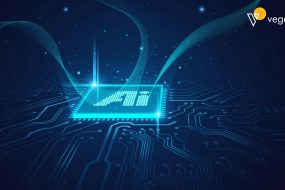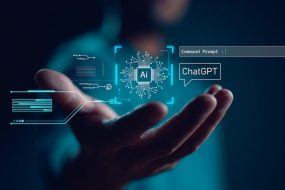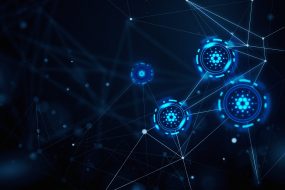
As technology continues to evolve, artificial intelligence (AI) has become an integral part of innovation across industries. Among the most notable advancements in AI are OpenAI and generative AI. Although the terms are sometimes used interchangeably, they refer to distinct concepts. Understanding their differences is essential for those navigating the rapidly expanding AI landscape.
This article breaks down their key differences, use cases, and relevance in today’s digital ecosystem.
What is OpenAI?

OpenAI is a research organization and technology company focused on advancing artificial intelligence. Established in 2015, its mission is to ensure that AI benefits all of humanity. OpenAI is known for developing state-of-the-art AI models and making them accessible to individuals, developers, and businesses. Founded in 2015, OpenAI is behind major innovations like ChatGPT, DALL·E, and Codex.
Key Features of OpenAI
- AI Research and Development: OpenAI is dedicated to advancing AI technologies through cutting-edge research. Its work encompasses a broad spectrum of AI fields, from natural language processing (NLP) to robotics.
- Popular AI Models: OpenAI is widely recognized for developing models like GPT (Generative Pre-trained Transformer), which powers applications such as ChatGPT. These models are designed to understand and generate human-like text.
- Ethical AI Principles: OpenAI emphasizes ethical AI development by promoting transparency, reducing biases, and mitigating risks associated with AI misuse.
- Open-Source Contributions: OpenAI shares its findings with the global AI community, making tools, research papers, and sometimes even codebases publicly available.
Applications of OpenAI
OpenAI’s tools and technologies are applied in various domains, such as:
- Customer support through AI chatbots
- Automated content creation
- Data analysis and insights generation
- Virtual assistants and more
What is Generative AI?
Generative AI refers to a category of artificial intelligence models that are designed to generate new data resembling existing data. Unlike traditional AI systems, which are often rule-based, generative AI uses advanced machine learning techniques like neural networks to produce outputs such as text, images, music, and even videos.
Core Components of Generative AI
- Deep Learning Models: Generative AI is built upon deep learning algorithms that learn patterns in vast datasets.
- Data-Driven Generation: These models excel at creating content that mimics human creativity by analyzing and understanding data input.
- Versatility Across Mediums: Generative AI is not limited to text but also includes image generation (e.g., DALL·E), music composition, and video synthesis.
Popular Types of Generative AI Models
- GANs (Generative Adversarial Networks): GANs use two neural networks—the generator and the discriminator—that work together to create realistic outputs.
- Transformer-Based Models: Models like GPT fall into this category, showcasing generative capabilities for natural language processing tasks.
- Autoencoders: These models compress data inputs into a simplified representation before generating similar outputs.
Key Differences Between OpenAI and Generative AI
While OpenAI is a research entity, generative AI is a technology. OpenAI develops and leverages generative AI models as part of its toolkit. For instance, OpenAI’s GPT models are prime examples of generative AI in action, capable of crafting coherent text, answering questions, and performing creative tasks like storytelling.
| Feature | OpenAI | Generative AI |
|---|---|---|
| Definition | A research organization | A technology/methodology |
| Scope | Broader AI research focus | Specializes in content generation |
| Examples | GPT, DALL·E | GANs, Autoencoders, Transformers |
| Objective | Ethical AI for humanity | Create data that mimics human work |
Conclusion
In summary, OpenAI is a pioneering organization in the field of AI, known for its groundbreaking research and development efforts. Generative AI, a key area within the broader AI spectrum, focuses on creating new content by learning from existing data. While OpenAI contributes significantly to the development of generative AI technologies, the term “generative AI” itself encompasses a wide range of applications and models beyond the scope of any single organization. Understanding these distinctions helps in appreciating the diverse and dynamic nature of the AI field.











